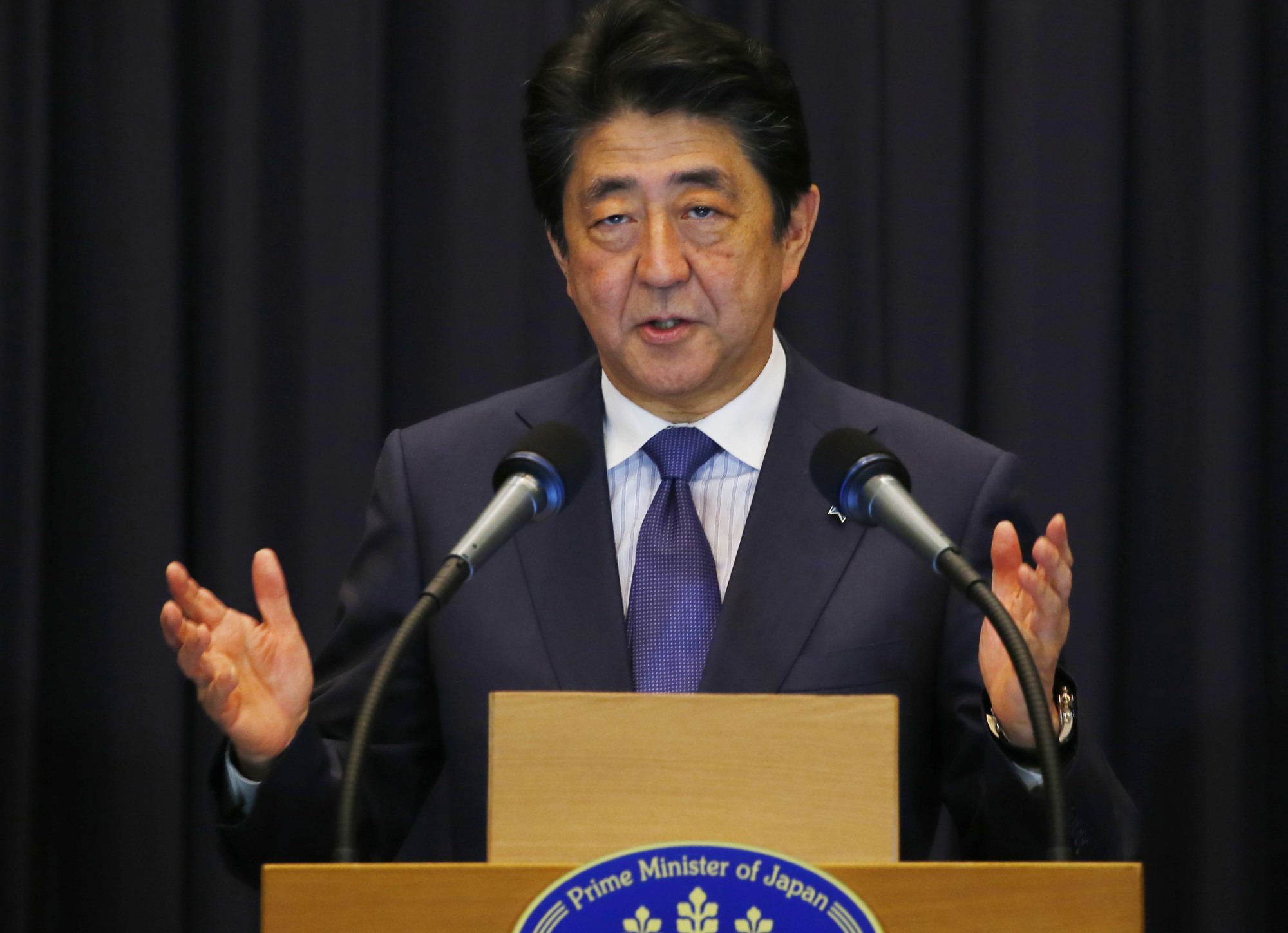After a resounding victory in the recent general election that had been called earlier than necessary, Shinzo Abe is set to become Japan's longest serving prime minister should he serve out his full term. After an inglorious 12-month first tenure from 2006-2007, Abe began his second stint as prime minister on Dec. 26, 2012. Among his foreign policy priorities was an early visit to the United States, which duly materialized within two months. Speaking at a function in Washington in February 2013, Abe memorably declared that he was back, Japan was back, and "Japan is not, and will never be, a tier-two country."
To deal Japan back into the great game of East Asia major power relations, Abe needs to do three things: reverse trend-lines of national decline, leverage ties with Washington to reposition Japan as a consequential actor in the Asia-Pacific, and build an entente cordiale of cooperative dialogues and arrangements with like-minded countries with shared values and convergent interests in the larger strategic frame of the Indo-Pacific region.
A powerful driver of Japan's social and security policy will be Japan's changing demographic profile. On the present trend its population could fall below 100 million within 30 years. With close to the world's highest life expectancy and a fertility rate well below replacement levels, the cohort of elderly keeps rising. Those aged 65 and over will climb from about 24 percent in 2012 to more than 40 percent by 2050. Still rich, Japan will live off its wealth but not create new wealth.



















With your current subscription plan you can comment on stories. However, before writing your first comment, please create a display name in the Profile section of your subscriber account page.